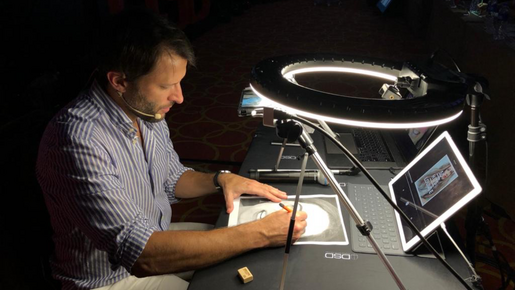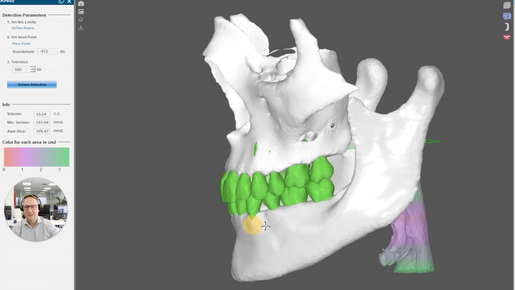We get asked all the time which 3D printer is the best for dental clinics. But like everything here at DSD, we don’t believe in one-size-fits-all solutions – there’s only what works best for your dental office, your team and your workflows. By approaching dentistry from a tech-agnostic point of view in this way, we’re able to keep exploring the latest tools and sharing what we learn with the wider community, without being tied to one brand or system.
Recently, our team at DSD Lab took delivery from SprintRay, a company which delivers 3D printing solutions for dental professionals. In this article, we’ll take a closer look at their newest 3D printer - Midas - and the features that could make it a useful addition to your clinic.
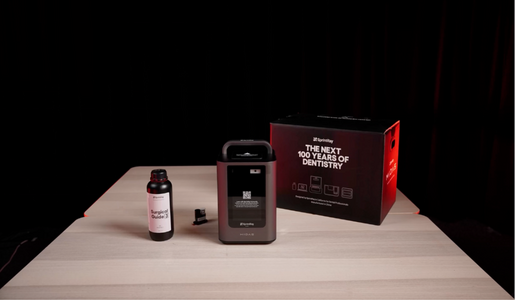
Who is SprintRay?
SprintRay develops 3D printing solutions built specifically for dental professionals, with a focus on bringing more of the manufacturing process into the dental clinic. Their ecosystem includes dental 3D printers, post-processing devices, design software, and a growing range of dental-specific materials—all designed to work together seamlessly. By keeping everything in-house, SprintRay aims to provide clinics with innovative and easy-to-use solutions.
The goal is to make in-office production a practical and powerful part of everyday dentistry. Whether it’s producing models, surgical guides or restorations, SprintRay’s tools are designed to help teams work more efficiently and offer patients faster turnaround times without compromising on quality.
Introducing SprintRay’s newest 3D printer: Midas
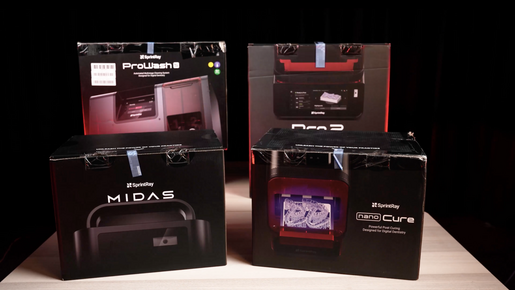
The team at DSD Lab received the Pro 2 3D printer, ProWash S and NanoCure from SprintRay as well as the Midas, their latest 3D printer.
The Midas introduces a new way for dental clinics to handle chairside restorations. It is compact and handles highly viscous restorative materials, which opens new opportunities for clinics to manage certain treatments in-house instead of relying on labs.
The system is designed to fit easily into a clinic’s existing setup – both in terms of space and team workflows. It also uses Midas AI Studio, software which guides design generation and makes the process more accessible even for those without extensive digital design experience.
Using their patented Digital Press Stereolithography (DPS), Midas is designed to print highly filled, composite restorations fast. Instead of resin tanks or manual setups, it uses resin capsules, which aim to simplify the process and reduce setup time. This means clinicians can produce restorations in minutes, directly in the clinic, following a streamlined and consistent workflow.
What are some of Midas’ key features and benefits?
- Digital Press Stereolithography (DPS): Means that the printer is not limited by the viscosity of the resin.
- Resin Capsule system: Reduces cleanup and setup steps—no resin tanks or bottles to manage.
- Small footprint: Easily fits into clinical spaces without disrupting layout.
- AI Studio integration: Supports design generation, simplifying the learning curve for digital workflows.
- Material flexibility: Midas can handle highly viscous restorative materials.
3D printing and DSD Lab
At DSD, we believe that outcomes should match treatment plans. Our services and products at the DSD Planning Center help dentists to make better decisions and then we use devices to translate digital plans into clinical outcomes.
The DSD Lab has extensive knowledge of 3D printing and milling manufacturing to enable us to complete cases with precision and natural beauty. 3D printing solutions from forward-thinking companies such as SprintRay have become an integral part of our workflow to help us provide the best results for our clients worldwide.
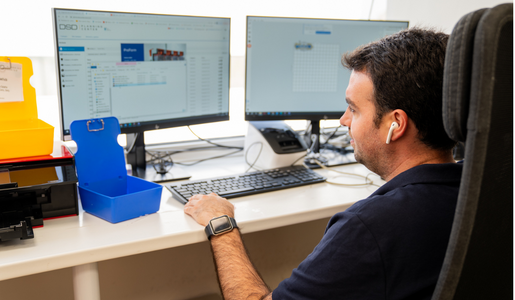
Don’t have access to the DSD Lab?
The DSD Lab partners with DSD-certified dentists, practices and clinics around the globe. Find out how you can start using the services below:
Follow us on Instagram, Facebook, and LinkedIn to stay updated on our course promotions and flash sales that we run during the year.

